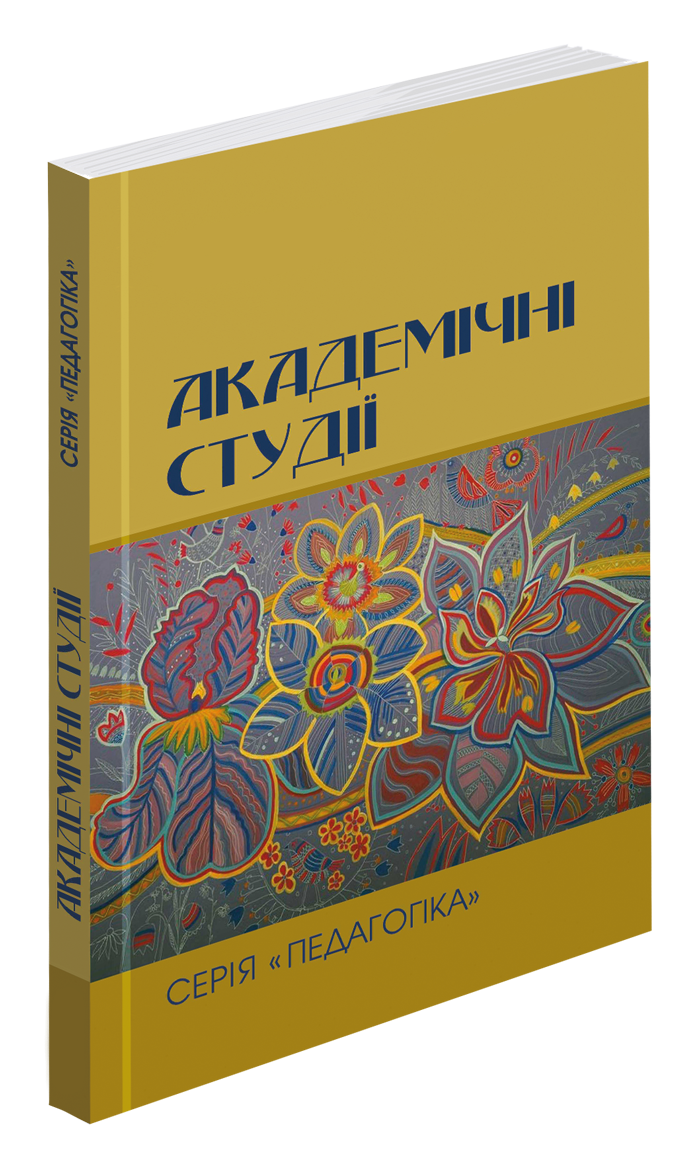Abstract
The article reveals that the lapbook methodology reveals the potential of the student, forms key skills and abilities, and takes into account educational competencies. The effect of introducing lapbooks at different stages of studying the topics of natural disciplines is that it covers different areas of activity, namely: search methods, generalization and systematization. The innovativeness of the lapbook methodology lies in the combination of research, design, creative, technological, aesthetic, and informational areas of activity. A lapbook is the final stage of independent search work that a student performs in the process of studying a topic. The main thing is to teach students to accumulate and systematize material not only when the topic is being studied, but also to replenish it continuously. This is a step towards their independent acquisition of knowledge, formation of skills and abilities for future professional activity. Creating a lapbook contributes to the implementation of an activity approach in the training of future teachers, because the methodology involves the activation of independent cognitive activity of students, as well as the formation of skills to cooperate, effectively communicate, interact, showing empathy, support and partnership. The educational potential of work on the creation of lapbooks is revealed in the integration of the tasks of aesthetic, labor, intellectual, moral, environmental, civic areas of education. The uniqueness of making a lapbook is that everyone makes it to their own taste according to their own design. According to the concept of the New Ukrainian School, a modern teacher must have innovative approaches, methods of teaching children, be mobile and flexible in the selection of new forms and methods of educational work. The results of the study allow us to recommend lapbooking as one of the methods for studying natural disciplines in a pedagogical college.
References
Букіна І. Лепбук як засіб реалізації проектної діяльності на уроках історії. Освітні інновації: філософія, психологія, педагогіка: зб. наук. ст. у 2 т., м. Суми. Суми. 2020. С. 152-156.
Гатовська Д.А. Лепбук як засіб навчання в умовах освітньої системи. Меркурій. 2015. С. 162-164.
Дьоміна І. Проектне навчання: коротко про головне. URL: https ://nus.org.ua /view/proektne – navchannua – Korotko – pro – golovne/. (дата доступу 15.07.2024).
Касьян О. Візуалізація як засіб активізації пізнавальної діяльності здобувачів освіти. актуальні питання сучасної педагогіки: творчість, майстерність, професіоналізм: матеріали ІІІ Міжнародної наук.-практ. конференції, м. Кременчук. 18 травня 2022 р. Кременчук, 2022. С. 142-150.
Ковтанюк М.С., Криворучко І.І. Візуалізація навчального контенту при викладанні інформативних дисциплін. Наука. Освіта. Молодь:матеріали ХІУ Всеукр. наук. конф. студентів та молодих науковців. М. Умань. 26-27 березня 2021р. Умань. 2021. С. 182-185.
Крігер О.А. Лепбук як засіб формування дослідницьких умінь в учнів 4-х класів на уроках природознавства. Кривий Ріг. 2018. 70 с.
Ляшенко К.І. Лепбук як одна із форм реалізації міждисциплінарного підходу під час навчання в початковій школі. https://urok.osvita.ua/materials/edu_technology/61061/ (дата доступу 12.07.2024).
Пляцок А.О. Олійник В.В.Використання технології «лепбук» в роботі з дошкільнятами: навч.-метод. посібник (електронний ресурс). Вінниця: ММК, 2017. Режим доступу: http: //dorobok. edu .vn. ua /article/ pdf//: 2043.

